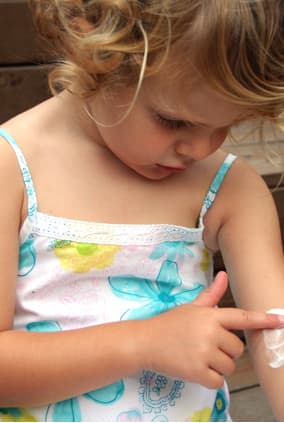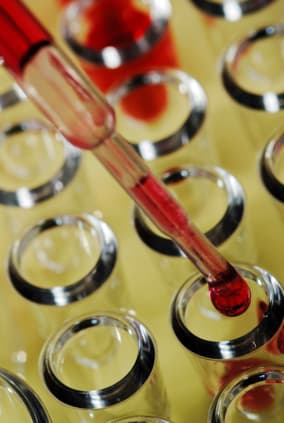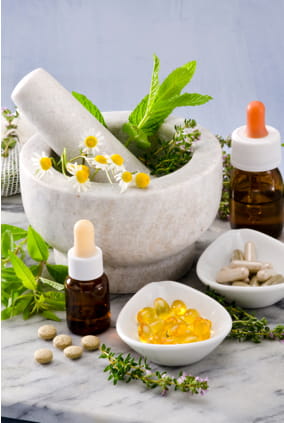ECZEMA OVERVIEW
Eczema, is a general term that is applied to a wide range of chronic / persistent skin conditions – such as scaling or dryness on the skin which can then lead to red rashes, crusting, flaking, blistering, cracking, oozing, welling or bleeding of the skin, often along with discoloration.
Eczema is frequently seen in infants and children, and often clears away by the age of six. In adults, it is generally a long–term or recurring condition. While any region of the body may be affected by eczema, in children and adults, eczema typically occurs on the face, neck, and the insides of the elbows, knees, and ankles. In infants, eczema typically occurs on the forehead, cheeks, forearms, legs, scalp, and neck.
There are various types of eczema:
- Atopic eczema (allergic eczema) – The most common type of eczema is called atopic dermatitis, is a patch of itchy skin where blisters form, then dry and become crusty.
- Allergic contact dermatitis (Allergic contact eczema) – This type of eczema may be due to a hypersensitivity or delayed reaction to some allergen, such as poison ivy or nickel, which leads to long–term inflammation. The inflammation causes the skin to become itchy and scaly. Long–term irritation and scratching can cause the skin to thicken and have a leather–like texture.
- Irritant contact dermatitis – This type of eczema results from direct reaction to an irritant such as dishwashing liquid or wool for example. Contact eczema is quite easily curable provided the offending substance can be avoided, and its traces removed from one’s environment.
- Infantile seborrhoeic eczema (Infantile seborrhoeic dermatitis) OR CRADLE CAP IN INFANTS seen on the scalp of newborns. It presents as a thick yellow crusty scalp, and is quite often greasy.
- Adult seborrhoeic eczema (Adult seborrhoeic dermatitis) – Dandruff or flaking is a symptom of seborrheic dermatitis. In adults, this type of eczema presents as redness and itching around the folds of the nose, elbows, behind the knees and the eyebrow areas, not just the scalp. It presents as dry, thick, well-defined red lesions consisting of large, silvery scales may be traced to the less common psoriasis of the scalp. Seasonal changes, stress, diet and immuno– suppression seem to affect seborrhoeic dermatitis.
Other rare types of eczema:
- Phototoxic dermatitis – Eczema that comes on after exposure to sunlight.
- Varicose eczema – This type of eczema often occurs in people with impaired circulation, varicose veins and edema, and is particularly common in the ankle area of people over 50 and quite often in diabetics. There is redness, scaling, darkening of the skin and itching and quite often predisposes the area to skin ulcers due to poor circulation which leads to poor wound healing.
- Discoid eczema – Discoid eczema / nummular / exudative is characterized by round spots of oozing or dry rash, with clear boundaries, often on lower legs. It is usually worse in winter. This type of eczema comes about quite often as a reaction to certain types of drugs.
Eczema often tends to follow a familial tendency. At the clinic, we often see people with eczema often having either a family history of allergic conditions like asthma, hay fever, or eczema or themselves suffering from all three.
Related Articles
Cosmetic Acupuncture
Want to feel refreshed, energized with younger looking skin? Look no further! Call Today and schedule a divine facial acupuncture session!
Weight Management Program
After having tried all sorts of fad diets and pills most people are unhappy with their present weight. Visit our Weight Management Program and find about the Naturopathic Way To Better Health.
Are You Trying To Quit Smoking?
We offer an all natural Quit Smoking Program customized for you by our Toronto Naturopath using therapies such as acupuncture, hypnotherapy and homeopathy.




